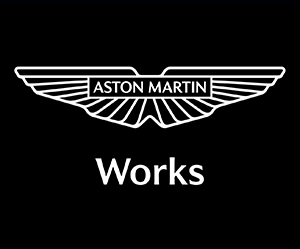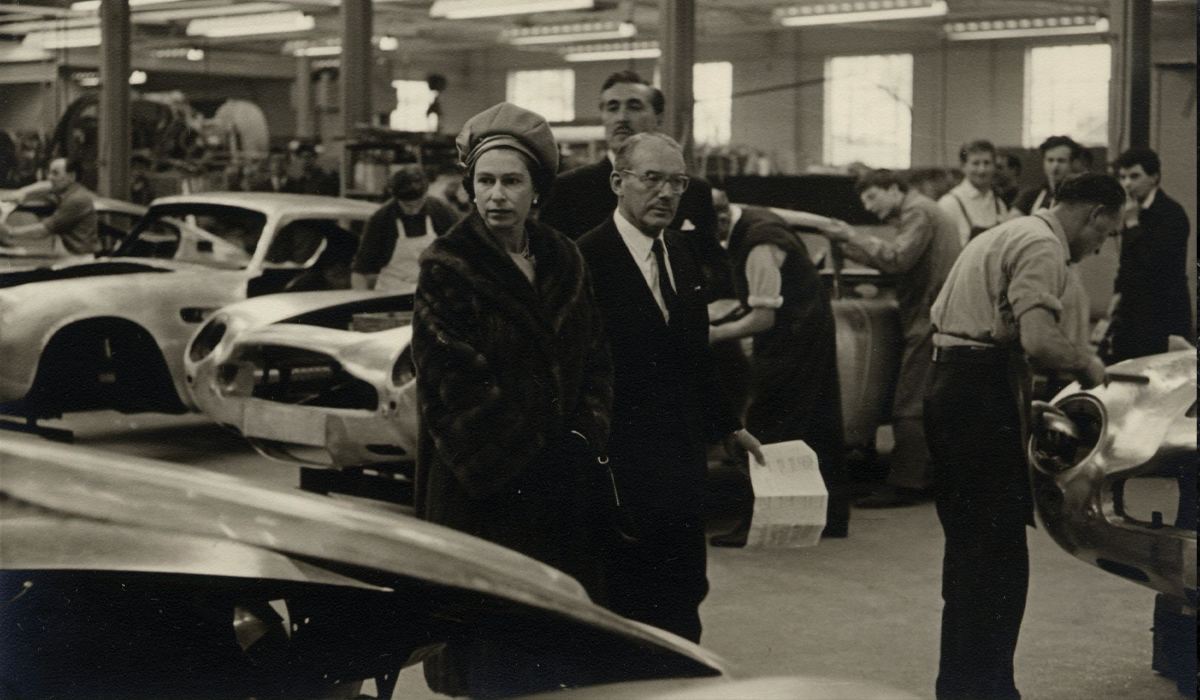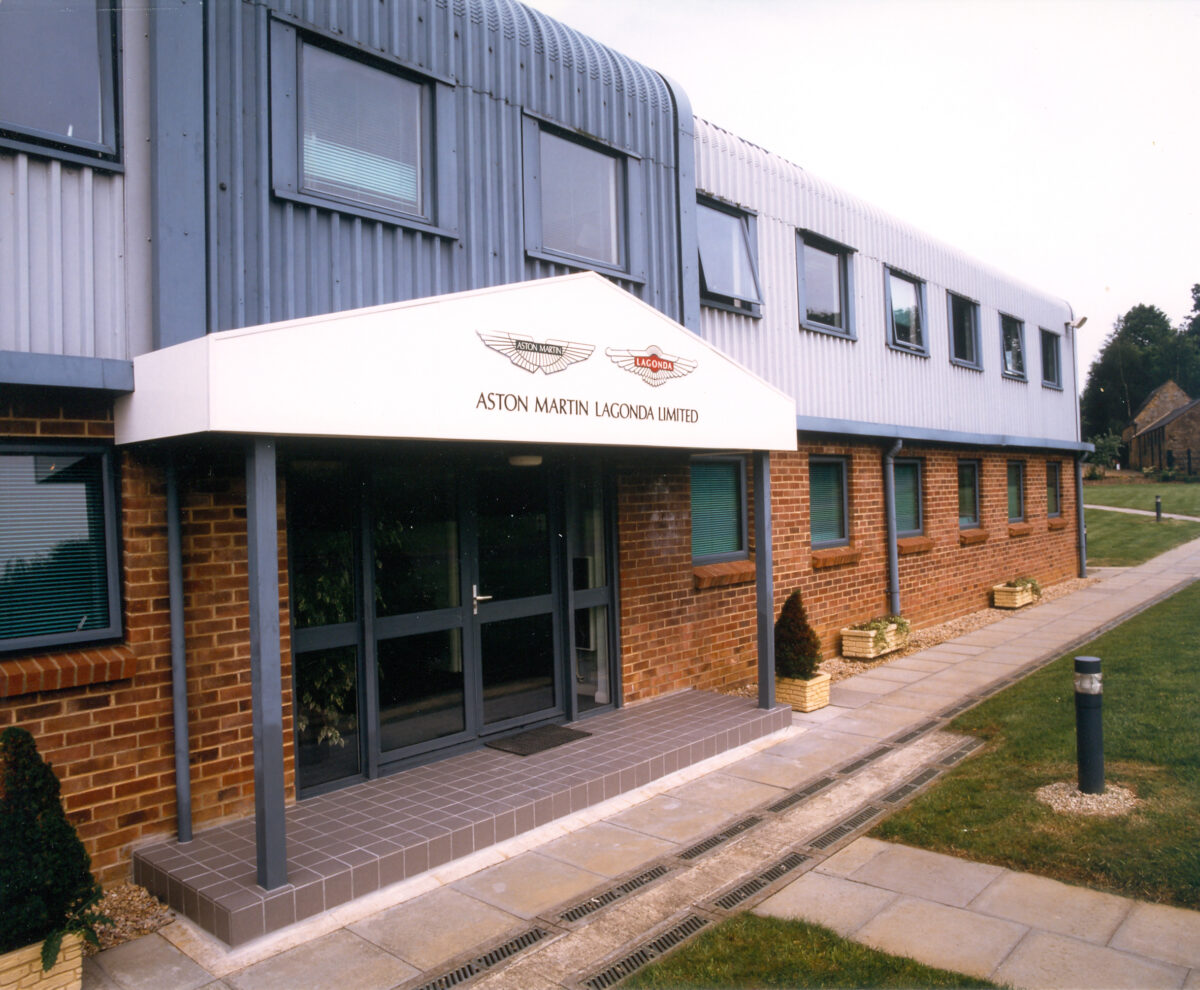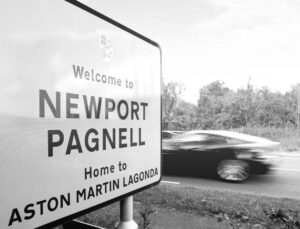MENUCLOSE



 Steve Waddingham is Aston Martin Lagonda’s official historian. In each issue of Works Torque, he will reflect on an element of the brand’s history that has a particular link to Newport Pagnell.
Steve Waddingham is Aston Martin Lagonda’s official historian. In each issue of Works Torque, he will reflect on an element of the brand’s history that has a particular link to Newport Pagnell.
In our last issue, we looked back at how our various factory sites evolved from the beginning of Aston Martin in 1913 up to their diverse current homes, which includes Works.
We left off at the point at which DB5 was thriving in production and just before the introduction of the all-important DB6 began. The DB6 sold in greater numbers than previous DB models, no doubt helped by the stylish addition of one James Bond as an Aston Martin driver, alongside the choice of our future King, the then Prince Charles, to purchase his own version.
The DB6, while retaining strong familial styling traits with its nearest ancestors, featured increased passenger space and refinements that made it, at the time, the perfect grand tourer. Indeed, until DB7 arrived in the mid-1990s, the DB6 was our best-selling model.
Running alongside the DB6 from 1967 onwards was the new DBS, designed by William Towns – a name that would become more well-known still for the design of the Lagonda and Bulldog. The DBS was later joined by the DBS V8, and both models were well established by the time Sir David Brown chose to sell the company after an incredible 25 years of his ownership.
Turbulent economic times in the 1970s saw the company change hands again but, throughout, the sole site for Aston Martin Lagonda Ltd, save for a small showroom in London, was Newport Pagnell. Fast becoming the unsung heroes of Aston Martin at this time were the men and women of ‘Service’, which by the mid-90s had become known as Works Service. The Works team was able to make huge contributions to the company via a never-ending stream of car restoration work alongside specialist conversions of current models. The latter really took off with the famous 6.3-litre conversions offered to Virage owners, but also included a number of truly coach-built cars on the Virage chassis, including shooting brakes and stretched four-door saloons.

The DB7, which went into production in 1994, truly helped Aston Martin kick on, commercially. It was built in a facility based outside the village of Bloxham, near Banbury, in Oxfordshire. Newport Pagnell still played a very active role, though: building the later Virage family derivatives, including the mighty 550bhp Vantage, as well as supplying interior trim and Volante roofs for the DB7.
Bloxham closed its doors at the end of DB7 production in 2004, by which time the 20,000th Aston Martin had been built (the 10,000 having been built in 1984 at Newport Pagnell) and a new era was on the horizon. The early years of the new millennium saw not only the opening of our first purpose-built factory in Gaydon, Warwickshire, but also the arrival of the DB9. Newport Pagnell, though, would continue as a manufacturing plant until the summer of 2007, when production of the Vanquish S came to an end, after 50 special ‘Ultimate’ versions had been built.
Newport Pagnell continued to play an important role after the opening of Gaydon and, by then, it had become so intrinsically linked to the story of this great British sports car maker that anything else would have been unthinkable.
Although the former factory had made way for housing, the Works Service ‘side of the road’ was completely refurbished in 2012 and re-opened as Aston Martin Works. For the first time in the site’s history, Aston Martin would sell both new and previously owned Aston Martin cars from Newport Pagnell, as well as continuing to offer the very best in customer service, knowledge and skills.

It wasn’t long before a new set of cars would be built at the historic site, though, with the start of the Continuation car programme that took in DB4 GT, DB4 GT Zagato and the DB5 Goldfinger Continuation. Works even played its part in dreadful days of the COVID-19 pandemic, providing essential NHS workers from nearby Milton Keynes Hospital with free technical support to keep their cars, of whatever make, on the road at a time when very many garages were closed.
Aston Martin has had many homes in the last 112 years, but none have so far been as long lived as Newport Pagnell. The site has a soul of its very own, along with a unique place in our history books. Long may it continue.
“WE’RE HERE TO HELP. PLEASE CONTACT US TO SPEAK TO A MEMBER OF OUR CUSTOMER TEAM.“